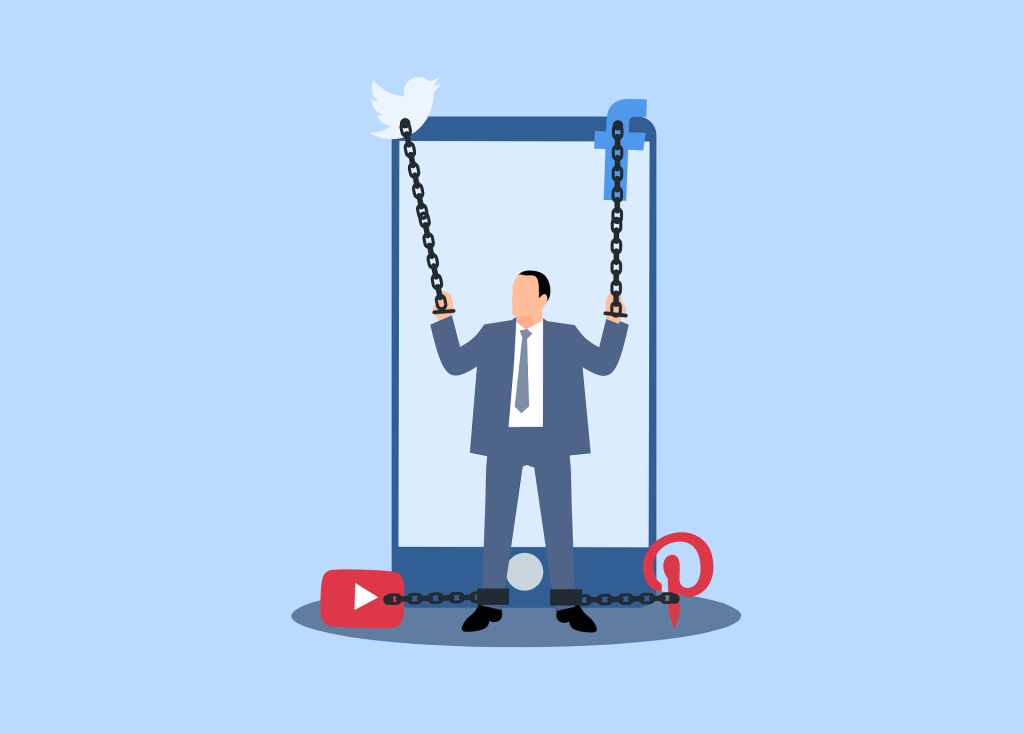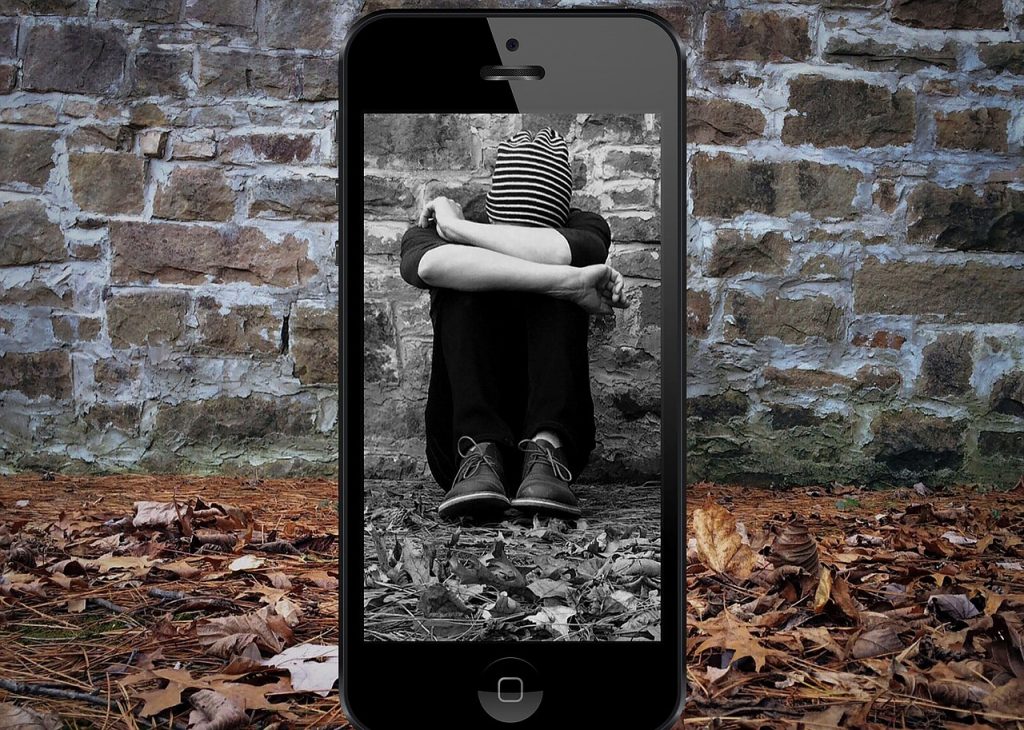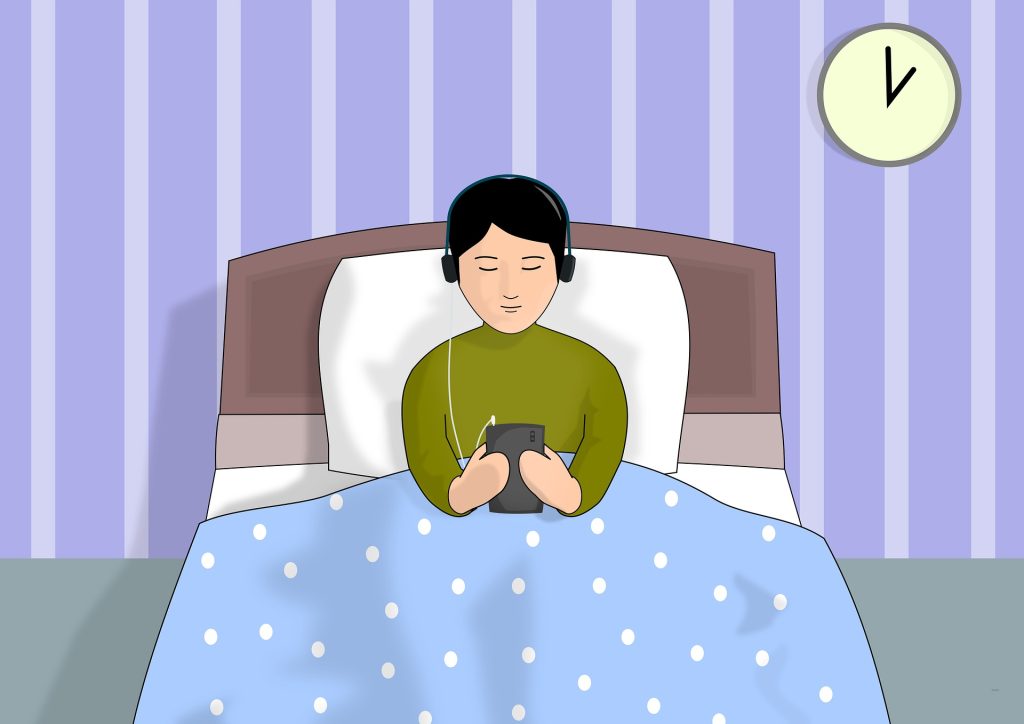
In the rapidly evolving landscape of the digital age, social media has become an integral part of our daily lives. From connecting with friends and family to staying informed about global events, these platforms offer unprecedented opportunities for communication and information sharing. However, the flip side of this digital coin has unveiled a darker reality – the pervasive issue of social media addiction. As we delve into the depths of this phenomenon, it becomes crucial to understand its roots, consequences, and potential remedies.

The Rise of Social Media Addiction:
The advent of social media brought promises of enhanced connectivity and communication, but it also ushered in a new era of addiction. Social media platforms are designed to be engaging, with features such as endless scrolling, notifications, and personalized content streams. These elements are carefully crafted to keep users hooked, creating a virtual realm that’s hard to escape.
Various factors like instant gratification of likes and comments, fear of missing out (FOMO), and the constant desire for validation have been fueled by the addictive nature of social media. The allure of a digital escape from reality has led to a significant increase in the time people spend on these platforms, blurring the lines between the virtual and physical worlds.

Consequences of Social Media Addiction:
The repercussions of social media addiction extend beyond the screen, affecting mental, emotional, and physical well-being. One of the most prominent consequences is the negative impact on mental health. Heightened anxiety, depression, and low self-esteem among users are contributed by the endless comparisons to curated online personas, cyberbullying, and the pressure to conform to unrealistic beauty standards.
Moreover, sleep patterns will be disrupted by the addictive nature of social media. The constant need to check notifications and updates, especially before bedtime, can result in sleep deprivation, further exacerbating mental health issues. The virtual world’s grip on reality may also contribute to strained relationships, as individuals prioritize online interactions over face-to-face connections.
Additionally, the rise in cyberbullying on social media platforms has become a significant concern. The anonymity offered by these platforms emboldens individuals to engage in harmful behaviors, leading to real-life consequences for the victims. The social media addiction cycle perpetuates these issues, creating a toxic environment that is challenging to break free from.

Recognizing and Addressing Social Media Addiction:
As the prevalence of social media addiction continues to grow, recognizing the signs and taking proactive steps to address the issue is essential. Self-awareness is the first key to combating addiction. Individuals must acknowledge their excessive use of social media and its impact on their well-being. Honest reflection can pave the way for positive change.
Setting clear boundaries is crucial in curbing social media addiction. Establishing designated times for social media use and implementing technology-free zones, such as during meals or before bedtime, can help regain control over one’s digital habits. Additionally, the constant urge to check the phone and break the cycle of compulsive behavior can be minimized by turning off non-essential notifications.
Social media platforms themselves also play a role in addressing addiction. Designing features that encourage mindful usage, such as digital well-being tools, time tracking, and reminders for breaks, can empower users to regain control. Implementing responsible algorithms that prioritize meaningful content over sensationalized or addictive material can contribute to a healthier online environment.
Promoting Digital Literacy and Mental Health Awareness:
To combat social media addiction at its core, promoting digital literacy and mental health awareness is crucial. Education on the potential risks and consequences of excessive social media use should be integrated into school curricula and public awareness campaigns. Empowering individuals with the knowledge and skills to navigate the digital landscape responsibly can foster a more balanced relationship with social media.
Conclusion:
Social media addiction is a complex and multifaceted issue that demands attention from individuals, communities, and the platforms themselves. As we navigate the depths of this digital abyss, it is imperative to recognize the signs, address the consequences, and work towards a healthier relationship with social media. By fostering digital literacy, promoting mental health awareness, and implementing responsible design, we can strive to create a digital landscape that enhances connectivity without sacrificing our well-being.







